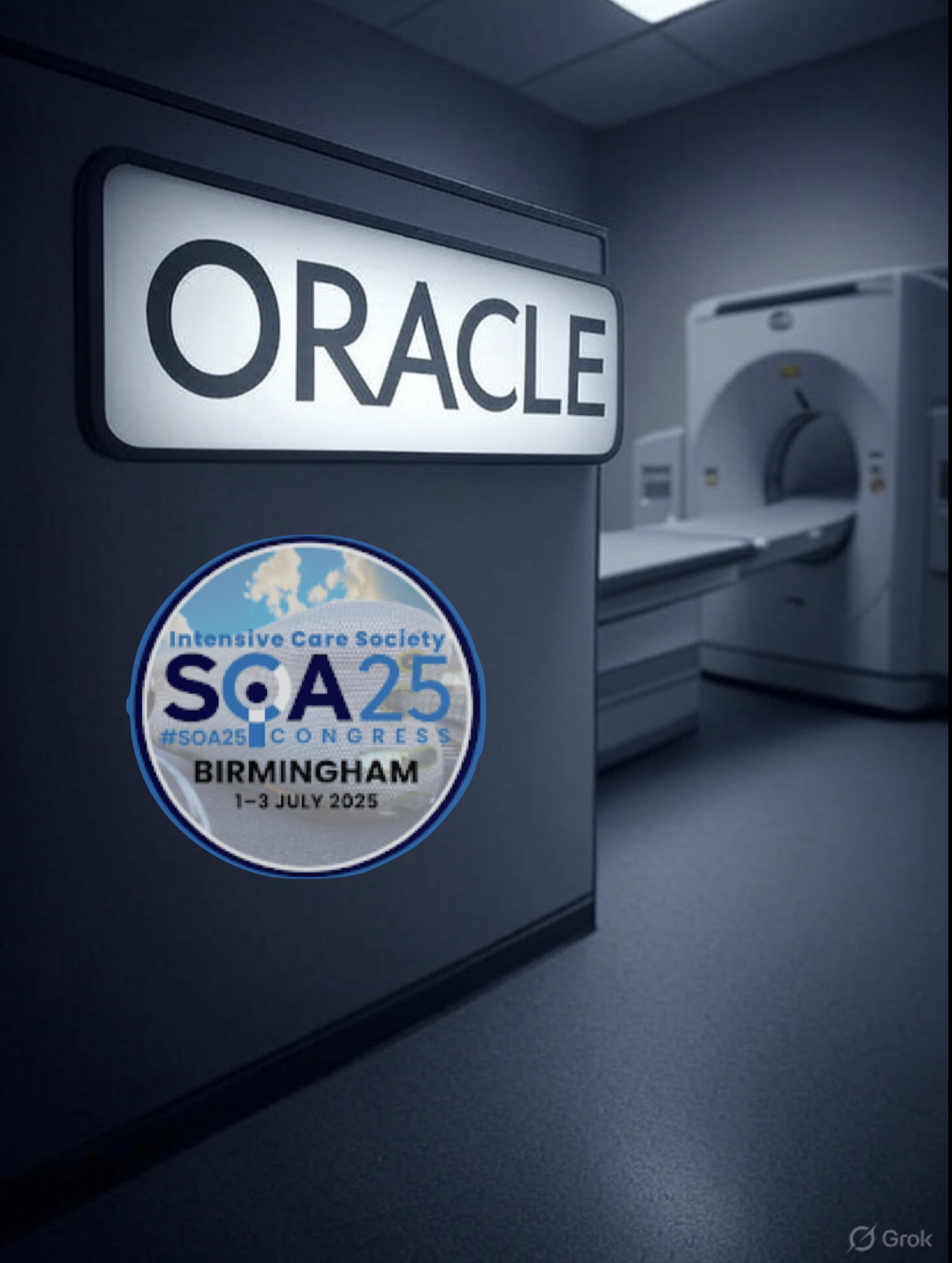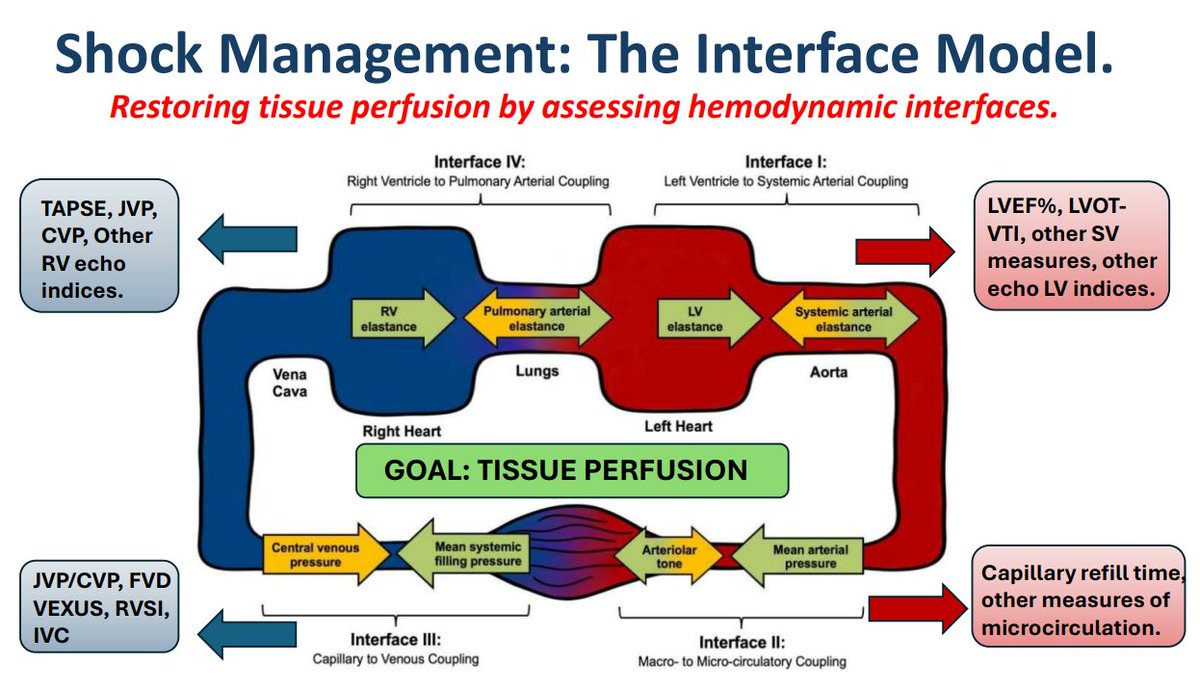Day 2 of SOA25 kicks off with the ORACLE Education team, delivering a session on the integration of multi-modal imaging into the critically ill patient.
What is ORACLE Education?
ORACLE Education is an innovative free online interactive platform. It is designed to provide clinicians with free access to clinically relevant radiology education. It empowers healthcare professionals to deepen their understanding of imaging modalities. These modalities and their applications are crucial in acute and critical care. Imaging technology is rapidly advancing and integrating into clinical practice. ORACLE Education plays a crucial role. It ensures that healthcare providers have the necessary training to optimize patient care. This training helps improve outcomes.
ORACLE has grown exponentially, offering an extensive range of peer-reviewed resources, including ultrasound and CT modules, immersive case studies, instructional videos, modules on vascular access and regional anaesthesia, as well as quizzes. Each module has been carefully designed, accredited with CPD points, and accompanied by completion certificates. The platform is being utilised by over 1300 users from 60 different countries.
See the sign up link for completely free access click below:
Why do I need to learn radiology, I’m not a radiologist!?
In the fast-paced environment of acute and critical care, every decision counts, and the ability to interpret diagnostic imaging can make all the difference in patient outcomes. Radiology education for clinicians—whether physicians, nurses, or allied health professionals—offers numerous benefits that ultimately enhance the quality of care delivered in these demanding settings. ORACLE Education is a free online interactive platform designed to address this critical gap in accessible, clinically relevant radiology and imaging education for critical and acute care. This blog post will explore the myriad advantages of incorporating radiology education into the training and ongoing professional development of clinicians in acute and critical care.
1. Improved Diagnostic Accuracy
One of the primary benefits of radiology education is the enhancement of diagnostic accuracy. Clinicians equipped with a solid understanding of radiological principles and imaging modalities are better able to interpret results and make informed decisions. This skill is particularly crucial in acute and critical care, where time is of the essence. Clinicians who can quickly identify conditions such as pulmonary embolism, stroke, or internal bleeding through imaging studies, can initiate prompt treatment.
3. Increased Efficiency in Patient Care
Understanding the principles and applications of radiology helps clinicians streamline the diagnostic process. By knowing when and what types of imaging studies to request, clinicians can avoid unnecessary tests, reducing radiation exposure, enhancing resource utilization, and decreasing healthcare costs. In acute care settings, where every minute matters, timely and efficient decision-making can significantly affect recovery times and overall patient satisfaction.
4. Better Clinical Management
Clinicians with training in radiology are more adept at integrating imaging findings into their clinical decision-making. This capability allows for more accurate assessments of disease progression, treatment efficacy, and potential complications. In acute and critical care settings, this integrated approach to clinical management can lead to more personalized treatment plans that reflect the complexities of patients’ conditions.
5. Stay Updated with Advances in Imaging Technology
Radiology is a rapidly advancing field, with new imaging technologies and techniques continuously emerging. Ongoing education in radiology ensures that clinicians remain current with these advances. Understanding innovations such as artificial intelligence in imaging interpretations or novel ultrasound applications, empowers clinicians to leverage the latest tools for enhanced patient care.
6. Enhanced Patient Safety
Patient safety is a critical concern in healthcare, particularly in acute care environments. Radiology education equips clinicians with the knowledge to minimize risks associated with imaging, such as unnecessary radiation exposure. Clinicians trained in radiology can make informed decisions about the appropriateness of imaging studies, prioritize less invasive options, and identify contraindications, ultimately enhancing patient safety.
7. Fostering a Culture of Lifelong Learning
Integrating radiology education into acute and critical care promotes a culture of lifelong learning among clinicians. This commitment to continuous improvement not only enriches individual knowledge and skills but also contributes to better team performance and organizational culture. Emphasizing the importance of interdisciplinary education encourages collaboration across specialties, fostering an environment that values ongoing professional development.
8. The Role of Point of Care Ultrasound (POCUS)
One of the most significant advancements in imaging technology for acute and critical care is Point of Care Ultrasound (POCUS). This modality provides clinicians with immediate, bedside imaging capabilities, maximizing the benefits of radiology education.
- Cognitive Offloading: POCUS allows clinicians to quickly visualize and assess a patient’s condition without relying solely on external imaging departments, thereby “offloading” cognitive demands. This immediate access helps clinicians filter the vast amount of information they must process in critical situations, allowing for more focused decision-making.
- Decision-Making Aid: With POCUS, clinicians can make faster, more informed decisions regarding diagnoses and interventions. Real-time ultrasound allows for the assessment of cardiac function, fluid status, and compartment syndrome, among other conditions. This immediacy is crucial in acute care settings, where rapid assessments can significantly alter treatment pathways.
- Risk Stratification: POCUS plays an essential role in risk stratification by helping clinicians identify which patients may require more intensive monitoring, or immediate intervention. By integrating ultrasound findings into their clinical evaluation, clinicians can classify patients based on risk more effectively, optimizing resource allocation and enhancing overall care efficiency.
Conclusion
Radiology education is a vital component of effective training for clinicians involved in acute and critical care. By enhancing diagnostic accuracy, improving communication, increasing efficiency, and promoting patient safety, radiology education empowers healthcare providers to deliver higher quality care. As the landscape of medical imaging continues to evolve, continued investment in radiology education is essential for fostering a generation of clinicians who are well-equipped to meet the challenges of acute and critical care settings, ultimately improving patient outcomes and healthcare efficiency. Join the ORACLE Education committee at the Intensive Care Society State of the Art congress to find out more.
Written by MW












